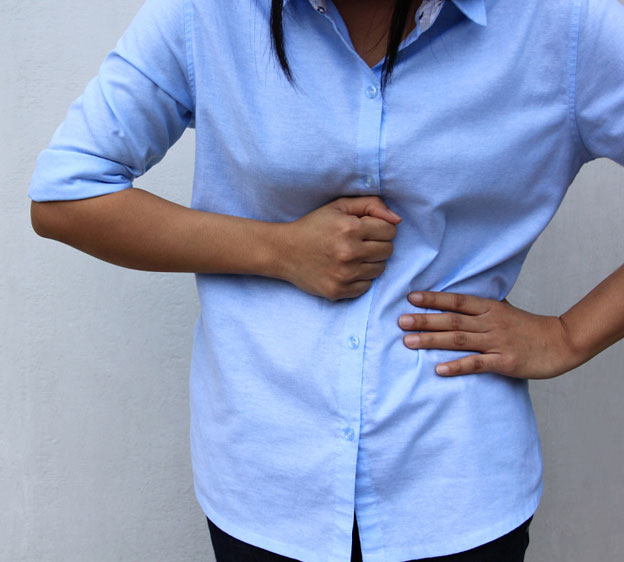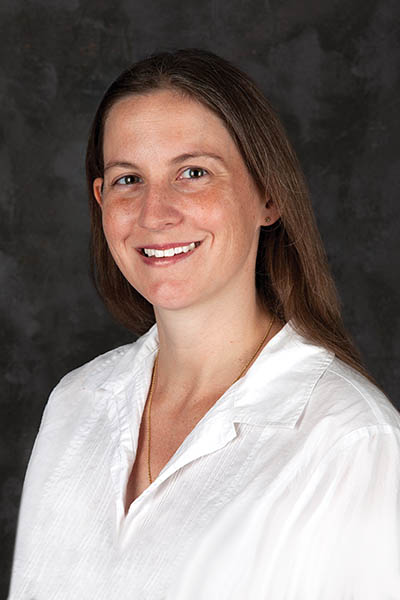
From time to time, we’ve all experienced stomach trouble, often caused by something we ate — or ate too much of. Summer is the season of cookouts, vacations and lots of excuses for getting out of our usual healthy-eating routines. But beware: Overindulging in warm-weather fare, like burgers, fried chicken or fish, wings, fatty dips, and ice cream, might bring on more than just the occasional tummy ache.
So, when is that pain in the gut a sign of something more serious — like a gallbladder attack?
Gallbladder Problems, Defined
The gallbladder is a small, pear-shaped, sac-like organ in the right upper part of the abdomen, just under the liver. It releases bile into the small intestine to help break down the foods you eat — particularly fatty foods. If something slows or blocks the flow of bile from the gallbladder, a number of problems can result.
Read More: Your Healthy Grocery Shopping Guide
Three common causes of gallbladder pain are:
- Cholelithiasis — This condition is more commonly known as gallstones, which develop when there is more cholesterol in the bile secreted by your liver than it can dissolve. This cholesterol comes from the many fatty foods in our Western diet.
- Cholecystitis — Inflammation or irritation of the gallbladder caused by gallbladder dysmotility, this condition occurs when the gallbladder doesn’t squeeze as well it should or gallstones get stuck in the bile duct.
- Biliary dyskinesia — In this condition, the gallbladder simply does not work properly. There are no gallstones present, although the symptoms may be the same.
“Gallbladder disease is actually one of the most common problems surgeons across America see and treat,” says Dr. Deanna Mansker, a board-certified general surgeon at Beaufort Memorial Surgical Specialists. “In fact, 20% of women and 10% of men have gallstones by the age of 60.”
Common symptoms include:
- Cramping or sharp pain in the upper right or upper middle portion of the abdomen
- Diarrhea
- Nausea
- Pain that may extend beneath the right shoulder blade or to the back
- Vomiting
“These symptoms generally begin 30 to 60 minutes after eating, come and go and are more pronounced after consuming fatty foods,” Dr. Mansker says. “If you are experiencing these issues, you should see a provider for evaluation.”
More serious symptoms include severe pain, yellowing of the skin and eyes and fever.
“In that case you should seek immediate care,” Dr. Mansker says.
Who’s at Risk for Gallstones?
While gallstones can happen to anyone, you are at greater risk if you are:
- Diabetic
- Eating a high-fat or low-fiber diet
- Female
- Losing weight quickly
- Of Native American or Latin American heritage
- Older than age 40
- Overweight or obese
- Pregnant
"While 30% of gallstones are hereditary, most of them are due to what we eat,” Dr. Mansker says. “So, the best thing you can do to prevent gallbladder disease is adjust your diet.”
She offers these tips to keep a healthy gallbladder.
- Eat foods containing monounsaturated fats (olive and canola oils) or omega-3 fatty acids (canola, flaxseed and fish oil).
- Avoid saturated fats like what is found in butter, meats and other animal products.
- Increase your intake of fiber.
- Eat more nuts.
- Enjoy lots of fruits and vegetables.
- Watch your sugar intake.
- Eat fewer simple carbohydrates (pastas and bread).
The first course of action is typically to follow a low fat diet.
Read More: Food Rules for Your Heart Also Help Your Gut
Treatment Options
Once gallbladder disease becomes a problem, the most common treatment options are:
- Medications, such as ursodeoxycholic acid and chenodeoxycholic acid, which can help dissolve gallstones
- Surgery to remove the gallbladder
Read More: Surgery Q&A With Dr. Deanna Mansker and Andrea Sadler
You can still enjoy your summer and keep your gallbladder happy. Just skip the fries and have a salad with your burger!
Dealing with digestive issues? First, talk to your primary care provider. He or she can determine whether you need to see a gastroenterologist.

